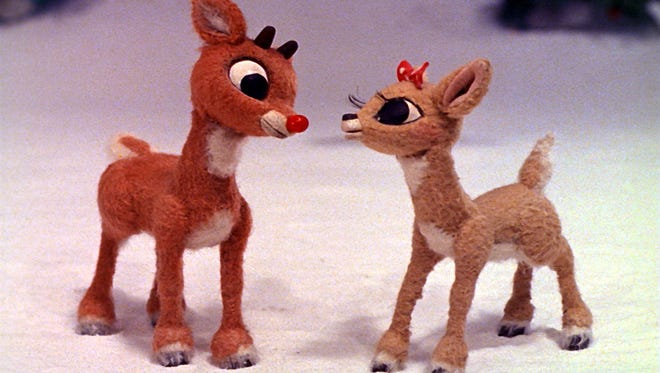“Rudolph the Red-Nosed Reindeer, you’ll go down in history!”
That’s the ending to the famous song that almost every American can recite from memory.
Based off developments in real reindeer populations, however, “you’ll go down in history” may come to refer to the demise of American reindeer, rather than referring to Rudolph’s perennial fame.
That’s right, quietly, with very little clamor from environmental activists, the American reindeer or “caribou”, have slowly sank into near extinction.
In fact, in 2018, according to The Guardian, researchers were quite certain there were only three caribou left in what is known as the South Selkirk herd, which crosses the border of Canada and the United States in its migration habits.
Today, the herd may already be extinct.
Why? What happened to Rudolph and his friends?
Unlike white-tailed deer, which can thrive as forests become thinner and suburban zones begin to divide up wooded areas, reindeer need large swaths of uninterrupted forest to grow.
They typically eat lichens, and have a very small mating period – some say it is less than two weeks long.
As human activity has grown in more remote places of the lower 48 states, uninterrupted portions of “old-growth” forests have become fewer and fewer.
Unfortunately, government efforts have completely failed in trying to help the reindeer, because the United States government and conservationists did not employ property rights with market incentives to help Rudolph and Co.
In 2012, the U.S. Fish and Wildlife Service restricted activities in Idaho by designating portions of critical habitat for caribou. That meant that people would no longer be able to perform logging, snowmobiling, or other activities in those regions.
In addition, efforts were taken to eliminate more wolves from the area that were thought to be overfeeding on dwindling reindeer herds.
Neither of these efforts have helped reindeer numbers in the slightest.
For contrast, just look at how private property rights saved the American Bison when it was facing extinction in the 1800’s.
According to Fish and Wildlife, there were 324 total bison left in the USA in 1884 due to overhunting and the tragedy of the commons. People were hunting as many bison as they could without any regard for population levels, because there was no ownership of the herds to incentivize reproduction and safe hunting.
After private ranchers were allowed to begin herding and breeding the animals, however, the population began to recover, leading to the more than 270,000 bison alive today.
So, how could private property rights have saved the American reindeer?
It would have to have been done differently than it was for bison, that’s for sure.
According to conservationists and ranchers, reindeer don’t do great in captivity. Disease relating from stress is very common, as the reindeer typically do not have anything close to the free range they need to thrive.
But in Texas, a new approach is being taken to help save an antelope that is now extinct in the wild.
The Scimitar-Horned Oryx is only alive on private ranches in Texas. Big game hunters pay big money for just the chance to go on conservationists’ ranges and bag an Oryx. They are only allowed a limited number, and the money goes directly towards repopulating the Oryx herds, and they will eventually be reintroduced into the wild.
Reindeer during Christmas time is a big tourist draw, according to animal handlers. Especially in the United Kingdom for some reason, big money from “Winter Wonderland” themed experiences aim to import reindeer for kids to interact with every year.
Instead of a big game hunting range for reindeer, there could be investors and companies willing to create an experience for Americans to go out into the wild and see American reindeer first hand.
An eco-tourism type venture would incentivize companies to keep the reindeer and their habitat intact, while also giving the reindeer a much larger habitat to thrive in as opposed to a small petting zoo.
Is the solution a perfect proposal? Of course not. But if private incentives worked for the Bison, and is now working even for the rare Scimitar-Horned Oryx, there has to be one for the American reindeer.
Unfortunately, the United States government has chosen the approach of “hands off, don’t touch!” when it comes to Santa’s chauffeurs.
For the sake of the children, luckily the Alaskan reindeer herds (much closer to the North Pole), are doing just fine.
